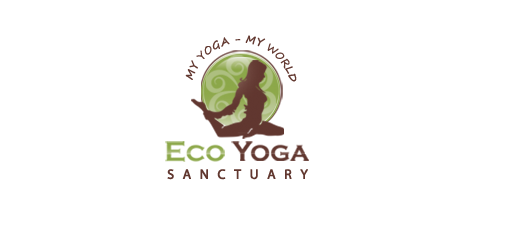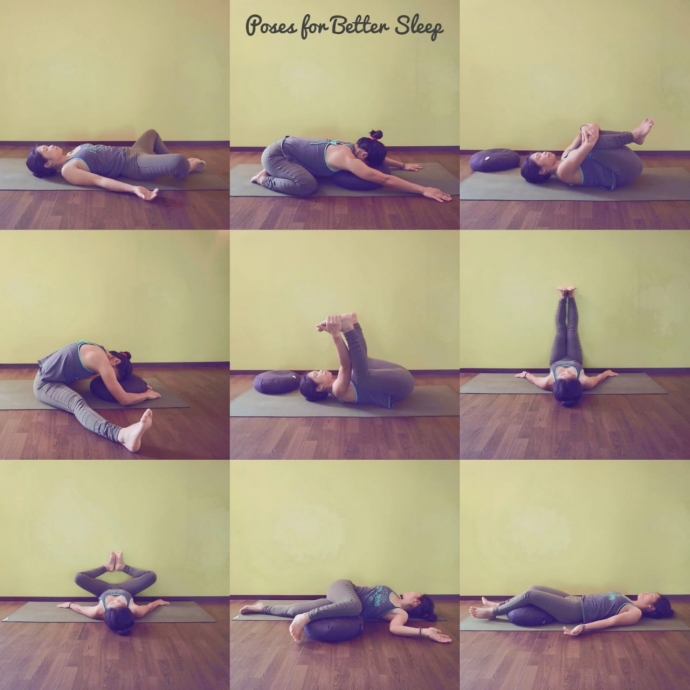
5 Essentials to Your Self Yoga Practice
To complement your yoga practice in our Sanctuary, a self-practice at home (or anywhere) is beneficial and growth essential. Yoga with a group and a teacher here in our Sanctuary is the start to guide you with sequences and see to your proper alignment.
A self-practice allows you to go deep in an inward process, enhance your intrapersonal relationship, becoming acquainted with your inner peace and sound listening with your body. As you develop a home yoga practice you also develop discipline, self-discovery, conscious awareness relationship with your body and mind, inner wisdom, confidence and mindful realizations with yourself.
In this blog we’ll tackle about the 5S essential to your Self Yoga Practice in the comfort of your home, or wherever that may be. Meet Space, Stuff, Sequence, Source, and Savasana.
First: SPACE
You will need space to practice. A space where you can freely express yourself and be grounded.
Space is the first thing you’ll need to set up for your Yoga journey. Anywhere that is free from clutter, away from sharp objects. Surround 1it with things to inspire you, motivate you and relaxes you. If you will look it up on the Google, Instagram or Pinterest you will often see ideal spaces are corner of a bed room, alley, space in the kitchen, middle of living room, in the terrace. These are spots in a house converted into a yoga space.
Second: STUFF
Your personal yoga space can be compose of your yoga mat only. And it’s totally fine. In your personal practice, perhaps you may not need other props than your yoga mat and space.
Yoga props are to assist you in your poses, in a way to make you comfortable while holding a pose or improved your asana. If you can stuff your yoga space with a set of blocks, blanket, strap, bolsters, rolling wheel, towels, life size mirror, socks. Then great! You may also add on the side a speaker and monitor/TV/laptop/Smartphone, however you get to stream your yoga class.
While it’s good to have them all, lacking yoga props should not hinder you to do your practice.
Third: SEQUENCE
Since you will be mainly practicing on your own, you can freely choose what to focus on. You may choose a specific Yoga style today (like Hatha, Vinyasa or Ashtanga) and another one tomorrow (Yin or Kundalini). Or come up with your own flow of postures combining them all.
In your own pace and time you can master an asana. Doing the same pose repeatedly can make your body store that muscle memory. However, for some new on the practice, we are not sure if what do or if we are doing it correctly.
There will be many obstacles and challenges in self-yoga practice. This is why we must remember it should be free from pressure, expectation and competition. We only aim to become better version of ourselves, day by day.
In today’s happenings and events, we might have hard time dealing with the changes around us. Fear, anxiety and boredom strikes us, causing us distress and overwhelming thoughts disturbing our sleep.
Here are few Yoga Asana or poses you can practice (even on your bed) for better sleep:
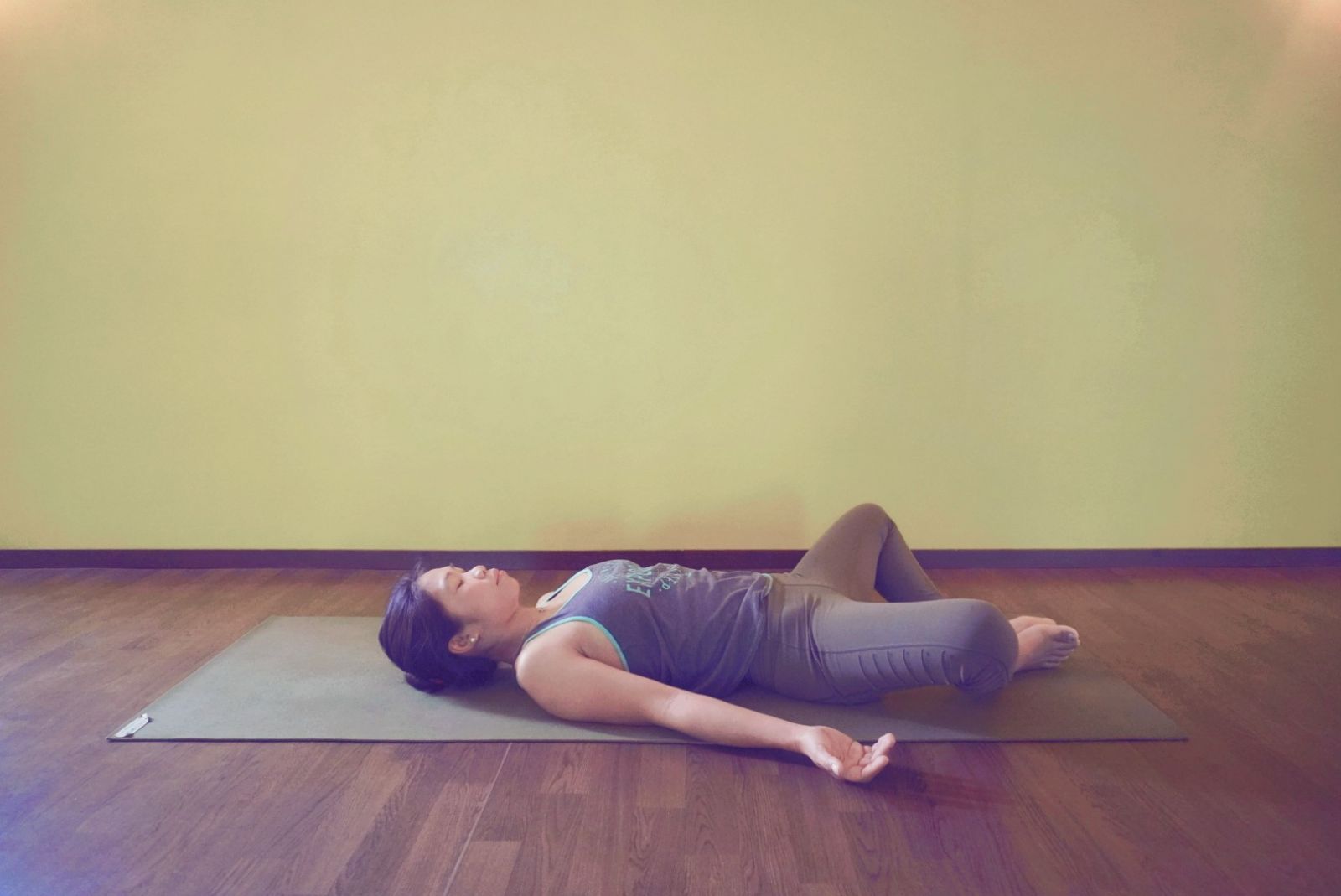
Supine bound angle (SUPTA BADDHA KONASANA) is a simple posture which gently opens the hips and the shoulders.
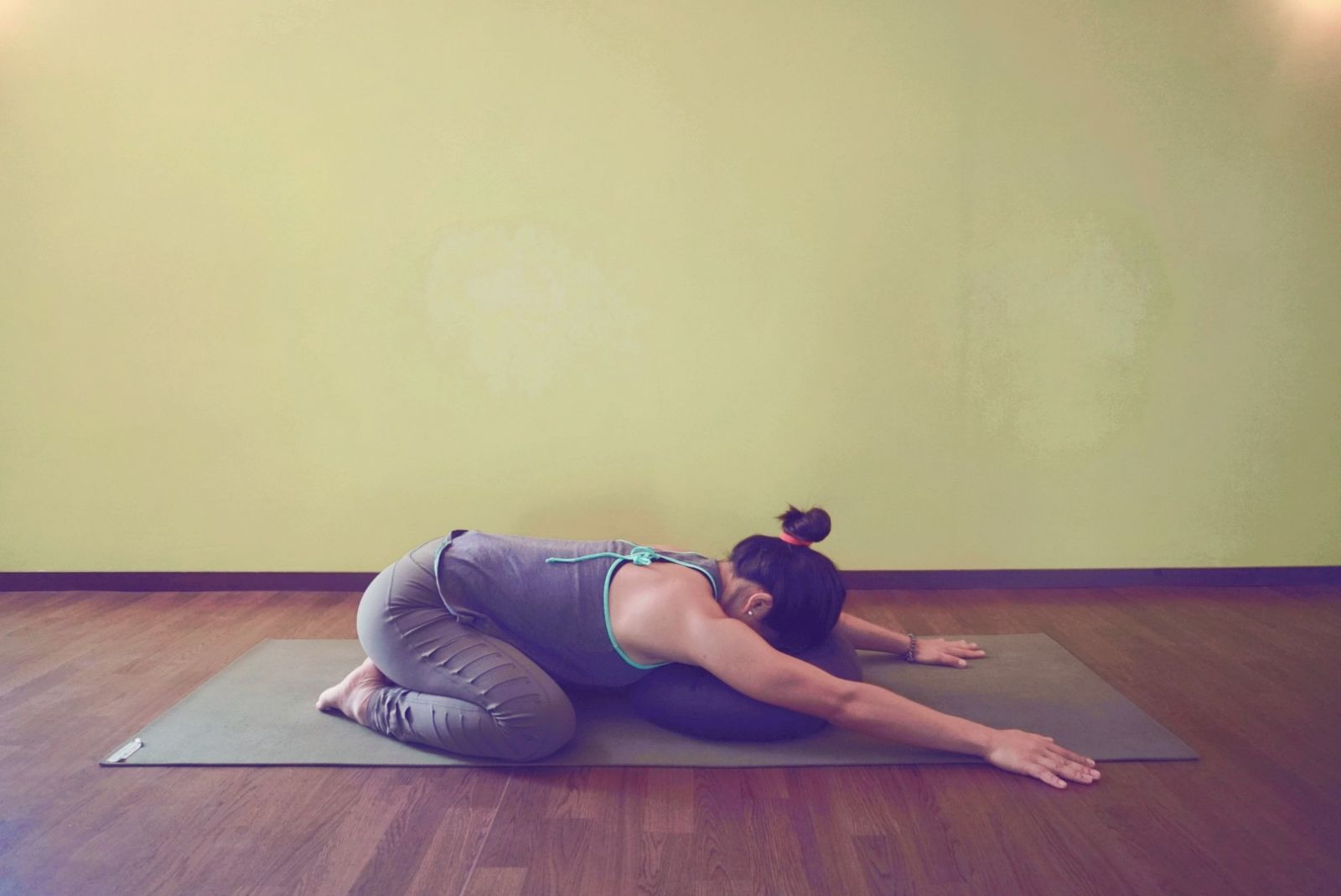
Child pose (BALASANA) calms the body, mind and spirit and stimulates the third eye point. Child pose gently stretches the low back, massages and tones the abdominal organs, and stimulates digestion and elimination.
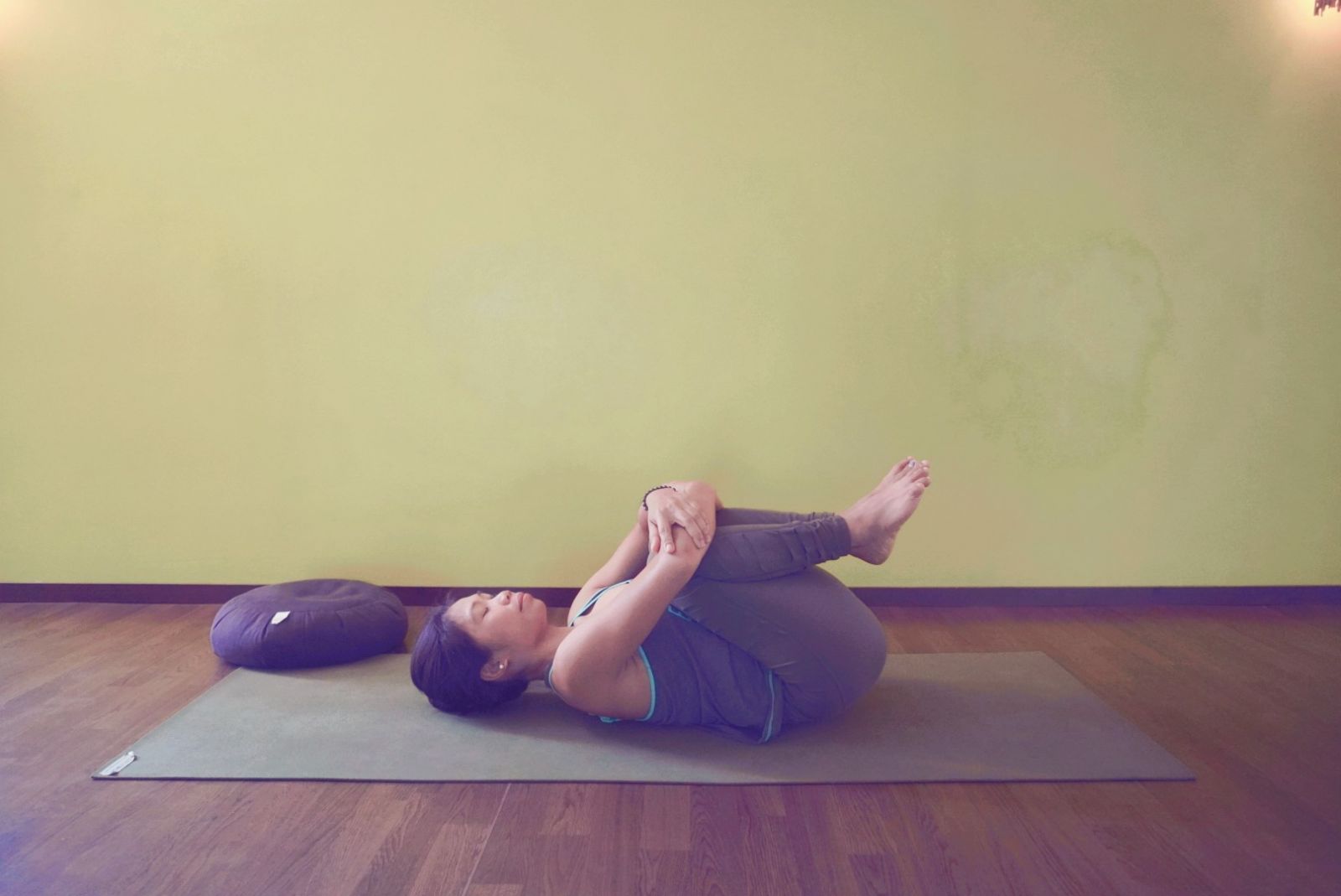
Wind relieving pose (PAVANA MUKTASANA) improves digestion and elimination as well as stretching the low back and lengthening the spine.
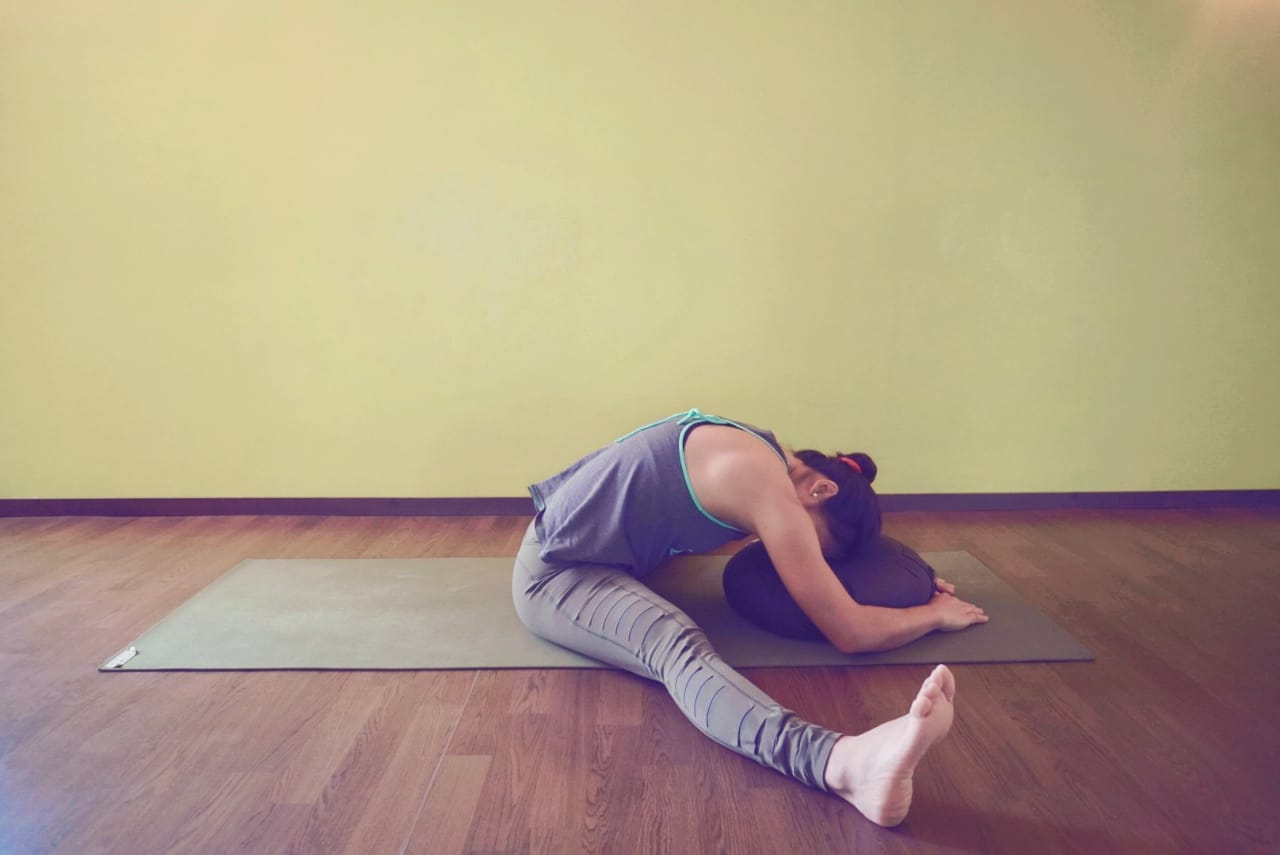
Seated angle (UPAVISTHA KONASANA) deeply opens the hips while stretching the entire back side of the body: legs, back, and arms.

Baby pose (ANANDA BALASANA) releases the low back, lengthens and realigns the spine, strengthens the legs and opens the hips.
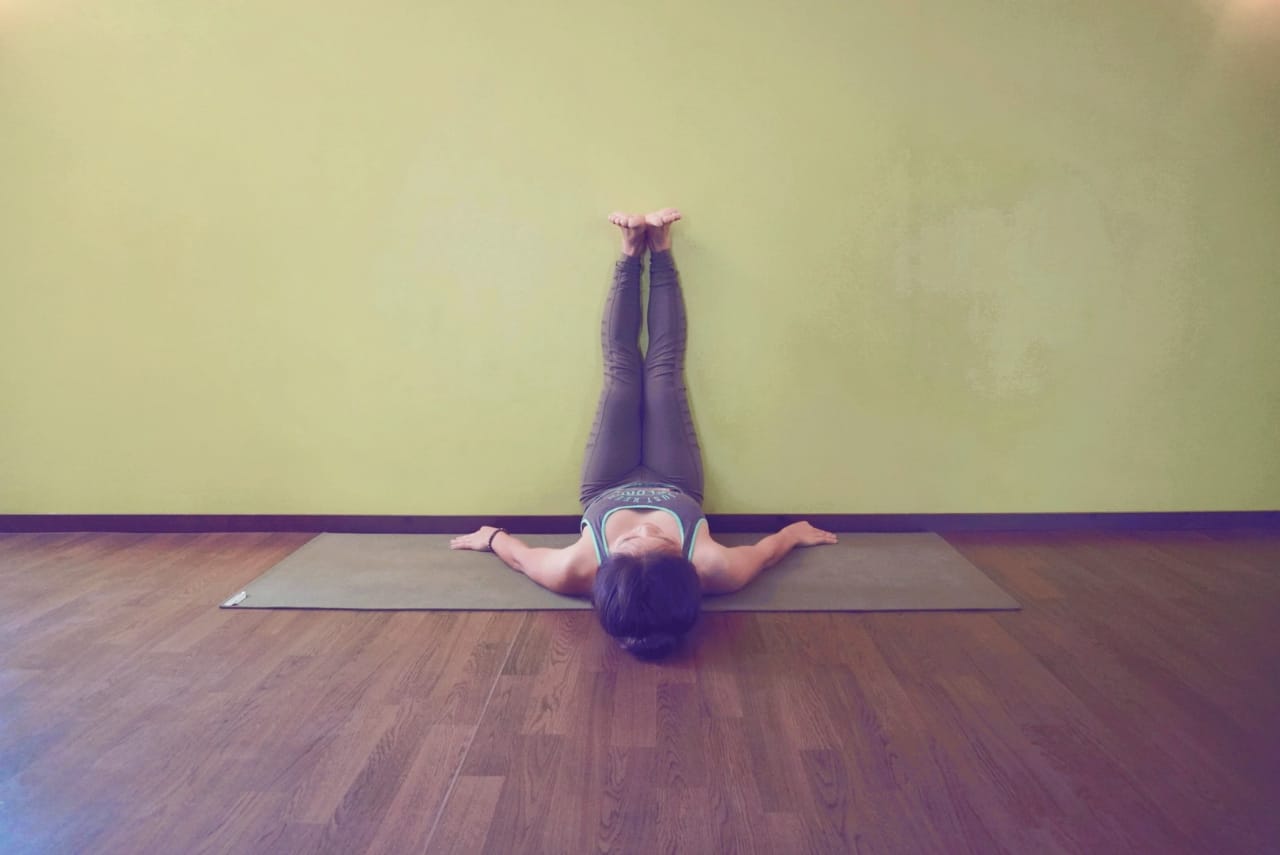
Behind Legs up the Wall pose (Viparita Karani) is a gentle restorative pose. This inverted pose can ease busy mind chatter while relieving uncomfortable symptoms like tension and cramps.*

Variation for Supine bound angle pose on the wall.
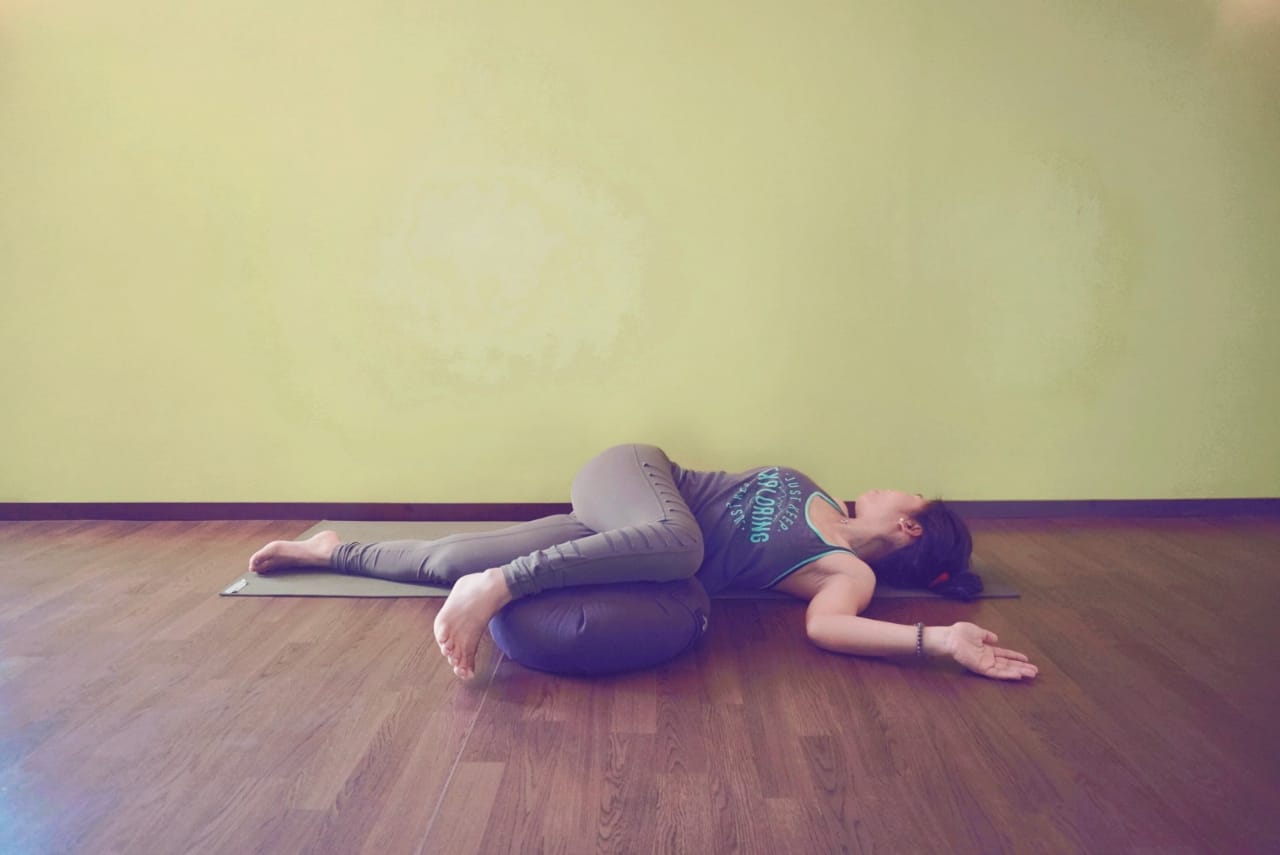
Supine Spinal Twist (SUPTA MATSYENDRASANA): Knee down twist stretches the back muscles, realigns and lengthens the spine, and hydrates the spinal disks.

Corpse pose (SAVASANA) is essential to practice at the end of every yoga practice. This posture rejuvenates the body, mind and spirit while reducing stress and tension.
(Credits to yogabasics.com and gaia.com* for the brief description stated above. Check out their sites for more info.)
Fourth: SOURCE
If you are new into the practice you will likely need someone to guide you with the flow of your practice. Somebody who will show and tell you how the pose is done and how many breath you’ll stay for each pose. To correct your posture so you will do the proper body alignment. Just like what our highly qualified Yoga Teachers do in our Sanctuary.
In this golden age, having access to the World Wide Web means you are one click away to hundreds or even millions of virtual or online classes. They are in form of videos, podcasts, downloadable mp3, live streaming, blogs. And most of them are free like those in YouTube, Zoom and so much more.
Yoga and meditation comes together and you will find plenty of guided meditation of various types on the web. Some options are focused attention, body scan, noting, visualizations, loving kindness, skillful compassion, resting awareness and reflection. You may also find yourself stumbled into some ancient types of meditation: Vipassana meditation, Chakra meditation, Sound batch meditation and so much more!
On your favorite Social Media accounts, connect with us on @ecoyogasanctuary for free tips, asana sequences and fun interaction.
Fifth: SAVASANA
Savasana is an essential part of your practice and most not be skipped, self-yoga practice or not. This pose may look like a nap, sleeping pose and doing nothing. It might seem the easiest just laying on your back yet every Yogi knows is the most difficult to achieve.
Savasana is actually a fully conscious, aware and relaxation pose. In here you’ll have to learn how to quiet the mind, relax the body and not fell unto sleep or unconsciousness.
During Savasana, with your eyes close you’ll breathe naturally. With every inhale and exhale you’ll eliminate the tension in your body. 5 minutes on trance of this pose lasts like forever. This is why we say the ending part of your Yoga practice is the most important one and where you’ll grasp benefits from.
According to Yoga Journal: “Savasana can calm the nervous system and promote equanimity in your entire body. Fatigued muscles get to relax, tense shoulders and jaws soften, and the eyes quiet down to reflect a quieter state of mind.”
In conclusion, self-yoga practice in our personal yoga space is to enrich our Yoga journey and because we aim to be better versions of ourselves. To always check on our feelings and emotions. To listen to the body and the surrounding factors that may affect us and the importance of being present at all time. The better we become the kinder we are on ourselves and towards others.
Even in self-yoga practice, we do not forget that Yoga is the union of body and mind and the philosophy of it is being applied on and off the yoga mat.
Since you practice by yourself, you may want to invest on tripod for smartphone or camera to document you progress. Or ask somebody to take a snap for you.
How is your self yoga practice at home? Share your photo with us and together let’s celebrate your progress!
